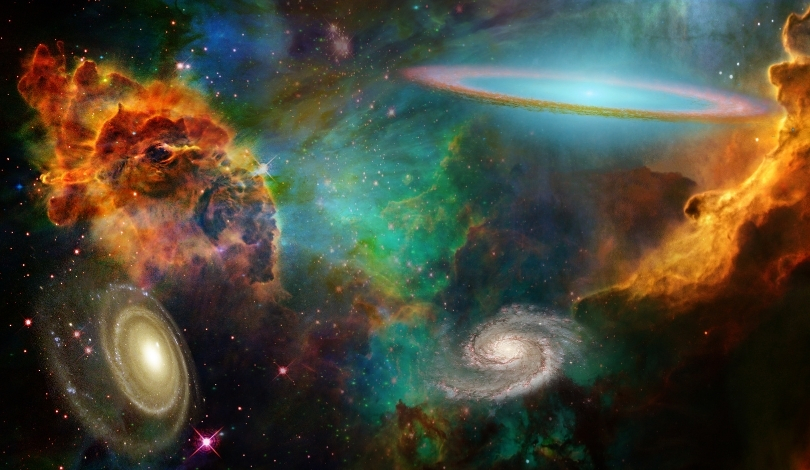The concept of the “habitable zone” is crucial as we continue to discover exoplanets, yet it lacks nuance. Recent research delves into how vegetation might expand these zones, challenging our current understanding. The study, published in the Monthly Notices of the Royal Astronomical Society, highlights how plant life can alter a planet’s surface albedo, subsequently affecting its climate and habitability. Researchers used models to explore these dynamics, offering a fresh perspective on what makes a planet habitable.
Earlier studies primarily focused on basic criteria such as distance from a star and atmospheric composition to determine a planet’s habitability. This new research, however, incorporates vegetation into the equation, revealing how the presence of plant life can significantly impact a planet’s climate. Previous findings suggested that even minor changes in atmospheric elements or distance from the star could dramatically affect habitability. This research builds on such foundations, integrating them with the novel aspect of vegetation impact.
Albedo and Vegetation
Every object in a solar system reflects some of the starlight that hits it, a property known as albedo. Earth, with an albedo of about 0.30, reflects 30% of sunlight back into space, affected by factors like ice cover, clouds, and vegetation. In contrast, darker surfaces like forests absorb more light, reducing albedo and warming the planet.
Dynamic Competition
The Italian research team, led by Erica Bisesi, explored how grasslands and forests, with different albedos, could dynamically compete and alter the climate of an exoplanet.
“Vegetation can modify the planetary surface albedo via the Charney mechanism, as plants are usually darker than the bare surface of the continents,”
the researchers wrote.
The study simulated various scenarios including complete tree dominance, complete grass dominance, tree/grass coexistence, and bi-directional worlds. Results showed that vegetation could extend the habitable zone and enhance overall planetary habitability beyond traditional limits. The competition between grasses and trees for dominance affected how vegetation was distributed across latitudes, influencing climate significantly.
In dry pseudo-Earth models, where ocean cover is limited, the effect of vegetation on albedo and climate was even more pronounced. Researchers concluded that vegetation’s impact on habitability is not static but emerges from dynamic interactions within the climate system. They noted,
“The dynamics explored here are extremely simplified and represent only a first step in the analysis of vegetation habitability interactions.”
Future studies aim to include more variables such as water availability and CO2 concentrations.
Considering how vegetation alters a planet’s albedo and climate provides a more nuanced understanding of habitability. While the impact of vegetation on albedo is relatively minor, its effect on extending habitable zones is significant. This research opens the door for more complex models that could eventually incorporate other planetary features and atmospheric conditions, offering a richer picture of what makes a planet potentially habitable.










